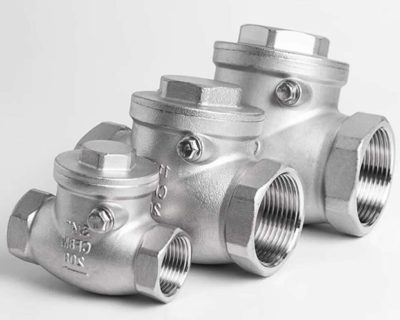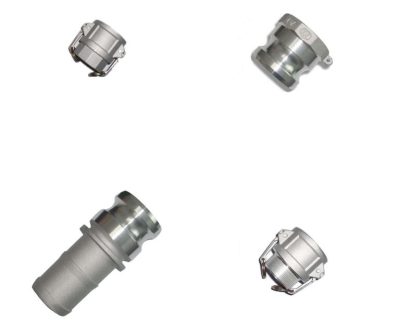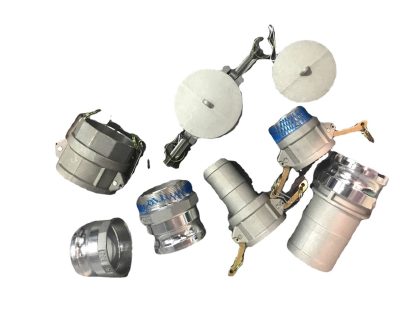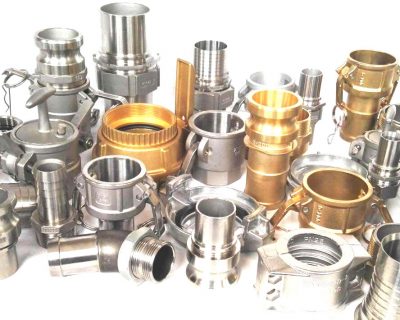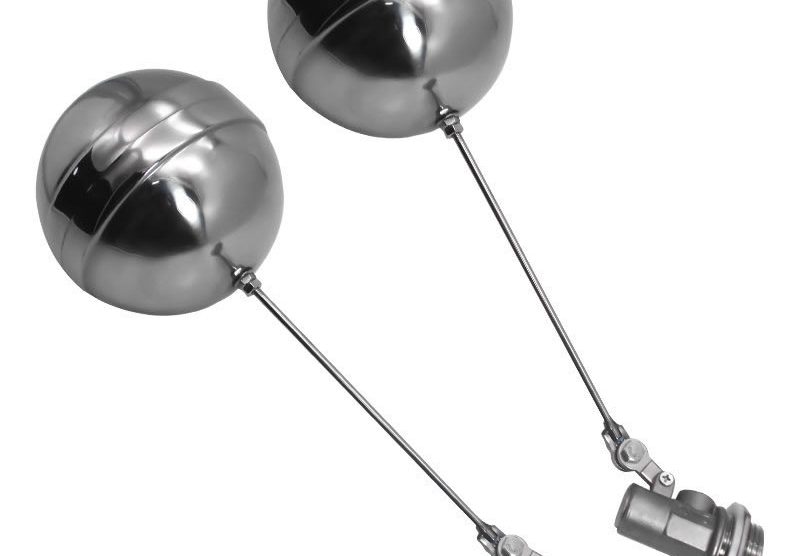
Comprehensive Guide to Ball Float Valves for Water Tanks
Table of Contents
ToggleIntroduction to Ball Float Valves
The ball float valve is indispensable When maintaining the right water level in tanks. This seemingly simple device is crucial for various residential, agricultural, and industrial applications, ensuring that water tanks are filled to the optimal level without the risk of overfilling. This comprehensive guide will delve into the mechanics of ball float valves, explore the different types available, and provide practical advice on installation and maintenance.
Understanding the Ball Float Valve
A ball float valve is an automatic valve that regulates liquid flow into a tank. The valve is connected to a float ball, which floats on the surface of the liquid inside the tank. As the water level rises, so does the float ball, eventually triggering the valve to close and stop the influx of water. This simple yet ingenious mechanism prevents overfilling and ensures a consistent water level, making it a vital component in water management systems worldwide.
How Ball Float Valves Work
The ball float valve may seem straightforward, but it embodies an elegant design that efficiently manages tank water levels. Let’s break down its components and understand how it works in detail.
Components of a Ball Float Valve
- Float Ball: A hollow sphere that floats on the surface of the water.
- Valve Body: The main structure of the valve that houses the components.
- Arm: A lever connected to the float ball on one end and the valve on the other.
- Pivot: The point at which the arm pivots, opening and closing the valve.
The synergy of these components ensures that the valve operates smoothly, maintaining the desired water level in the tank.
The Mechanism in Action
As the water level in the tank drops, the float ball lowers, causing the arm to pivot and open the valve. This allows water to flow into the tank. Conversely, as the water level rises, the float ball lifts, raising the arm and closing the valve. Once the water reaches the predetermined level, the valve is fully closed, preventing more water from entering the tank.
To help visualize this process, imagine a seesaw at a playground. The float ball is like a child sitting on one end of the seesaw, and the valve is at the other. As the child goes up and down, so does the other end of the seesaw, opening and closing the valve.
Types of Ball Float Valves
Ball float valves come in various designs and configurations, each suited to specific applications and tank setups. It is helpful to understand the different types available to select the right valve for your specific requirements.
Side Entry Ball Float Valve
This type of valve is mounted on the side of the tank. It is commonly used in smaller tanks and cisterns and is easy to install and maintain.
- Pros: Compact design; ideal for limited space. Easy to install.
- Cons: May not be suitable for large tanks or high-pressure applications.
Bottom Entry Ball Float Valve
This variant is mounted at the bottom of the tank, providing a more robust and secure connection, especially in larger tanks or where higher water pressure is a concern.
- Pros: Secure and stable; ideal for larger tanks and high-pressure situations.
- Cons: More complex installation process; may be harder to access for maintenance.
Adjustable Arm Ball Float Valve
These valves feature an adjustable arm, allowing precise water level control. They are versatile and can be used in a variety of settings.
- Pros: Precise control over water level; versatile.
- Cons: May require more frequent adjustment and maintenance.
Choosing the right type of ball float valve depends on the specific requirements of your water tank and application. Consider factors such as tank size, water pressure, and space availability when making your decision.
Installation and Maintenance of Ball Float Valves
Proper installation and regular maintenance ensure that your ball float valve operates effectively and has a long service life. Follow these guidelines to achieve optimal performance.
Installation Guide
Installing a ball float valve requires precision and care. Here’s a step-by-step guide to help you through the process:
- Ensure the water supply is turned off and the tank is empty before starting.
- Select the appropriate location for your valve based on its type and your tank’s configuration.
- Securely attach the valve to the tank, ensuring all connections are tight and secure.
- Connect the arm to the float ball and valve, ensuring it moves freely without obstructions.
- Adjust the arm as necessary to set the desired water level.
- Slowly fill the tank, checking for any leaks or issues with the valve operation.
- Once the tank is filled to the desired level and the valve has shut off, Please conduct a final inspection to confirm that everything is functioning properly.
While installation may seem daunting, following these steps carefully will ensure a smooth process and reliable operation.
Maintenance Tips
Maintaining your ball float valve ensures longevity and proper functioning. Regular checks and timely repairs prevent potential issues and ensure a consistent water supply. Here are some maintenance tips to keep in mind:
- Regular Inspection:Perform regular inspections to detect any indications of wear, harm, or corrosion. Additionally, correct any spelling, grammar, and punctuation mistakes, if any.
- Clean the Components: Ensure that the float ball, arm, and valve body are clean and free from debris.
- Lubrication: Lubricate the moving parts as needed to ensure smooth operation.
- Check for Leaks: Look for any signs of water leakage around the valve and fix any issues promptly.
- Test the Valve: Periodically test the valve by manually lifting the float ball to ensure it is closing properly.
- Replace Worn Parts:If you observe any indications of wear or harm on any component, please let us know. If you observe any wear or harm on any component, please let us know.” it’s recommended to replace that part. Please replace such parts to ensure your equipment or machinery works well.
Troubleshooting Common Issues
Ball float valves can sometimes face issues despite regular maintenance. Here’s how to troubleshoot some of the common problems:
Water Hammer
If you hear a loud banging noise in your pipes after the valve closes, you might be experiencing a water hammer. This can be resolved by installing water hammer arrestors or adjusting the valve’s closing speed.
Valve Not Closing
If the valve is not closing properly, check for obstructions around the float ball or arm. Ensure that all components are clean and moving freely. Adjust the arm if necessary to ensure proper closure.
Leakage
Check all connections and seals if water leaks from the valve. Tighten any loose parts and replace any worn or damaged seals.
Benefits of Using a Ball Float Valve
Ball float valves offer numerous benefits, making them essential to water management systems. Let’s delve into some of these advantages:
Water and Cost Savings
By maintaining the optimal water level and preventing overfilling, ball float valves contribute to significant water and cost savings. This efficiency is particularly crucial in regions where water is scarce or expensive.
Durability and Reliability
Designed to withstand various conditions, ball float valves are known for their durability and reliability. With proper maintenance, these valves can provide years of trouble-free operation.
Environmental Benefits
By optimizing water usage and reducing waste, ball float valves play a role in sustainable water management, contributing to environmental conservation.
Case Studies
Let’s look at some real-life examples to understand better the impact of ball float valves:
Case Study 1: Agricultural Water Management
In a farming community struggling with water scarcity, introducing ball float valves led to a more efficient irrigation system, resulting in up to 30% water savings and increased crop yields.
Case Study 2: Industrial Water Tanks
A manufacturing plant replaced its manual water tank filling system with ball float valves, resulting in more consistent water levels, reduced workforce, and decreased water-related downtime.
In conclusion, ball float valves are crucial to efficient water management systems. Understanding their mechanism, choosing the right type, and ensuring proper installation and maintenance can lead to significant water and cost savings while contributing to environmental conservation. The durability and reliability of these valves make them a wise investment for any water tank system.
Frequently Asked Questions
How often should I inspect my ball float valve?
It’s recommended to inspect your ball float valve at least once a year and more frequently in areas with hard water or high usage.
Can I install a ball float valve myself?
With the right tools and knowledge, you can install a ball float valve yourself. However, following the manufacturer’s instructions and seeking professional help is crucial.
How do I know when to replace my ball float valve?
Signs that your ball float valve may need replacing include inconsistent water levels, visible wear or damage, and persistent leaks despite repairs.


